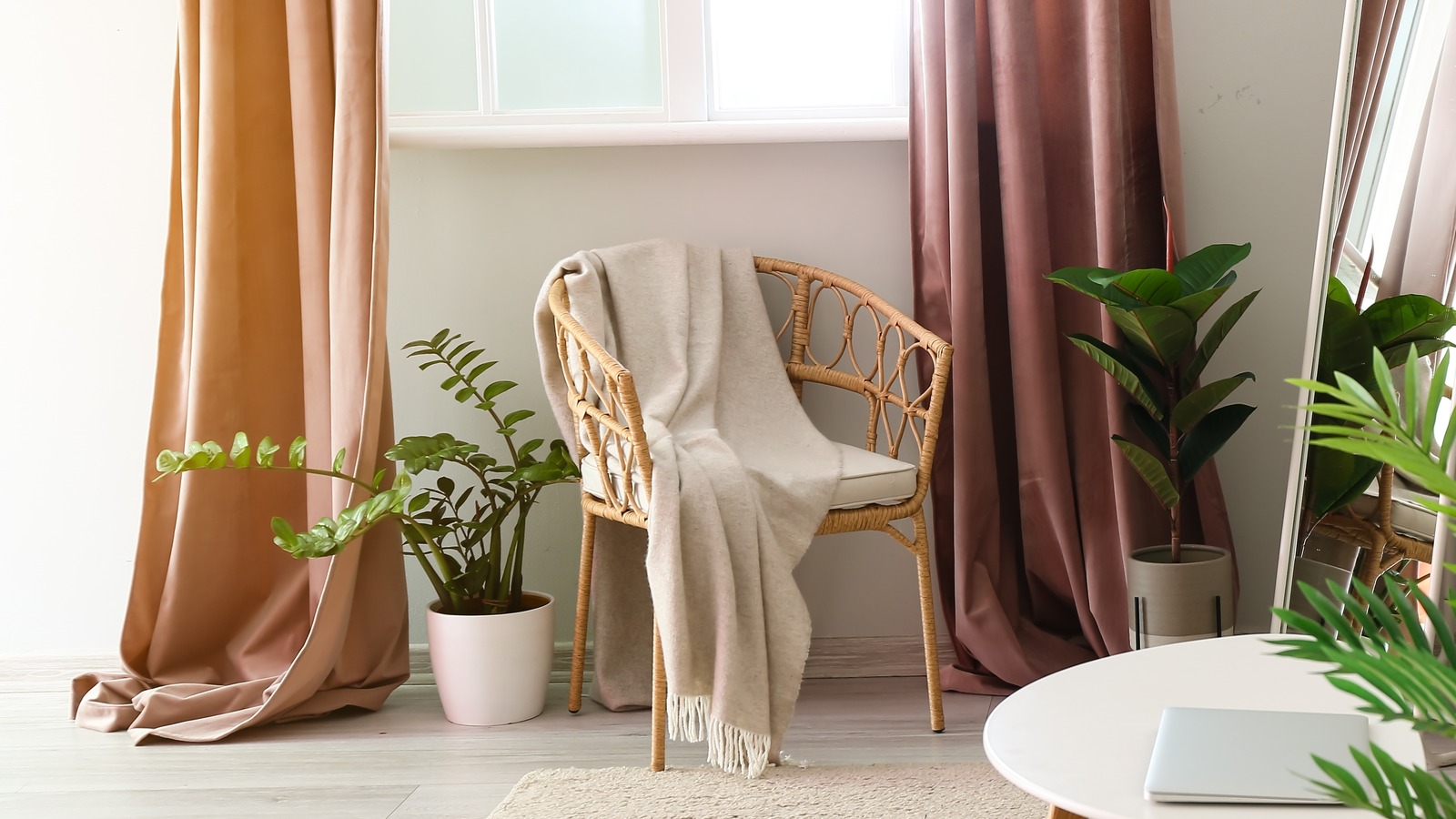

Articles
What Is The Longest Length Of Curtains
Modified: February 24, 2024
Discover the ideal length of curtains with our informative articles on what is the longest length of curtains. Find the perfect fit for any window!
(Many of the links in this article redirect to a specific reviewed product. Your purchase of these products through affiliate links helps to generate commission for Storables.com, at no extra cost. Learn more)
Introduction
When it comes to decorating a room, curtains play a vital role in adding style, privacy, and functionality. The length of curtains can greatly impact the overall look and feel of a space. Long curtains can create an elegant and dramatic effect, while shorter curtains can contribute to a more casual and relaxed atmosphere. But how do you determine the perfect length of curtains for your windows?
In this article, we will explore the factors to consider when determining curtain lengths and provide insights into the common and specialty curtain lengths available in the market. Whether you have floor-to-ceiling windows, small or large ones, or even unique window shapes, we will guide you through choosing the ideal curtain lengths for different window types.
Additionally, we will delve into how to choose the right curtain lengths for various room settings, taking into account different interior styles and designs. We will also provide tips on measuring and adjusting curtain lengths for a perfect fit. By the end of this article, you’ll have all the knowledge you need to choose curtains that not only enhance the aesthetic appeal of your space but also bring functionality and style together.
So, let’s dive into the world of curtain lengths and discover the secrets to achieving the perfect window treatment for your home or office.
Key Takeaways:
- Choose curtain lengths based on window size, room aesthetic, and functionality. Experiment with standard and specialty lengths to create a cohesive and stylish look that complements your space.
- Consider room settings, styles, and designs when selecting curtain lengths. Measure accurately, make adjustments if needed, and follow tips to ensure the perfect fit for a harmonious and visually pleasing environment.
Read more: What Length Do Curtains Come In
Determining the Length of Curtains
When determining the length of curtains for your windows, there are a few important factors to consider. These factors include the window size, the desired style and functionality, and the overall aesthetic of the room. Let’s explore each of these factors in more detail:
1. Window Size: The size of your windows will play a significant role in determining the appropriate length of curtains. For standard windows, you have the option of choosing curtains that fall just below the window sill, to the floor, or even puddle on the floor for a dramatic effect. For taller windows or floor-to-ceiling windows, longer curtains that reach the floor or extend a few inches beyond are often preferred to create an elegant and elongating look.
2. Style and Functionality: The style and functionality you want to achieve with your curtains will also influence the length. If you’re looking for privacy, consider longer curtains that cover the entire window. If you prefer more natural light to filter in, shorter curtains that reach the window sill may be suitable. Additionally, consider the draping style you prefer, such as a tailored look with straight panels or a more relaxed look with gathered or pleated curtains.
3. Room Aesthetic: The overall aesthetic of the room should also be taken into account when determining curtain lengths. For a formal or traditional look, floor-length curtains that pool on the floor can add a touch of elegance. In contrast, a minimalist or contemporary room may benefit from shorter curtains that provide a clean and streamlined appearance. Consider the existing color palette, furniture style, and overall ambiance of the room to ensure the curtains harmonize with the space.
By considering these factors, you can determine the perfect length of curtains that not only complement your windows but also enhance the style and functionality of your room. In the next section, we will discuss the common curtain lengths available in the market to provide you with a better understanding of the options at your disposal.
Factors to Consider
Choosing the right length of curtains involves considering several important factors. Let’s explore these factors in more detail:
1. Window Type and Size: The type and size of your windows play a significant role in determining the appropriate curtain length. Different window types, such as standard, bay, or French windows, may require different curtain lengths to achieve the desired look. Measure the height and width of your windows accurately before shopping for curtains to ensure a proper fit.
2. Functionality: Consider the functionality you need from your curtains. Do you want them primarily for privacy, light control, or both? This will help you determine whether you need full-length curtains that cover the entire window or shorter curtains that only reach the window sill.
3. Style and Design: Reflect on the overall style and design of your room. Curtains are not just functional; they also contribute to the aesthetics of a space. Determine the curtain length that complements and enhances the style of your room. For example, for a formal and luxurious look, opt for floor-length curtains that pool on the floor. For a more casual and relaxed atmosphere, choose curtains that end at or just below the window sill.
4. Room Height: Consider the height of your room to create visual balance. In rooms with low ceilings, long curtains can make the space feel cramped, so shorter curtains that hang just below the sill may be more appropriate. Conversely, in rooms with high ceilings, floor-length curtains can add vertical dimension and create an elegant and airy ambiance.
5. Personal Preference: Ultimately, your personal preference should guide your decision. Choose a curtain length that makes you happy and suits your individual style. Don’t be afraid to experiment and try different lengths to find the perfect look for your windows.
By considering these factors, you can make an informed decision when choosing the length of curtains for your windows. Next, let’s explore the common curtain lengths available in the market to give you a better understanding of the options available.
Common Curtain Lengths
When it comes to curtain lengths, there are several standard options that are commonly available in the market. These lengths are designed to fit most standard window sizes and provide a versatile choice for various room settings. Here are the common curtain lengths you can consider:
1. 63 inches: This length is also known as the “floor-length” option for windows with a standard height. The curtains will typically hang just above the floor, creating a clean and polished look. This length is commonly used in living rooms, bedrooms, and dining rooms.
2. 84 inches: A popular choice for larger windows or windows with a slightly higher sill, 84-inch curtains will hang down to the floor. They provide a more luxurious and elegant appearance, adding a touch of sophistication to the room.
3. 95 inches: Suitable for taller windows or rooms with high ceilings, 95-inch curtains will extend beyond the floor to create a dramatic and majestic effect. They add visual height to the room and are often used in formal settings, such as grand living rooms or high-end dining areas.
4. 108 inches: This length is ideal for floor-to-ceiling windows or for those who prefer a more extravagant and regal look. The extra length allows the curtains to pool on the floor, emphasizing elegance and creating a luxurious atmosphere.
5. Custom Length: If your windows have unique dimensions or you prefer a specific length that is not readily available, you can opt for custom-made curtains. This allows you to have curtains tailored precisely to your desired length, ensuring a perfect fit and a truly customized look.
These common curtain lengths provide a good starting point when choosing curtains for your windows. However, it’s essential to measure your windows accurately and consider the factors mentioned earlier to determine which length will suit your specific needs and aesthetic preferences.
In the next section, we will discuss specialty curtain lengths that cater to specific window types and offer unique design possibilities.
Specialty Curtain Lengths
While standard curtain lengths cater to most window sizes, there are also specialty curtain lengths available that cater to specific window types and offer unique design possibilities. These specialty lengths can help you achieve a customized and tailored look that perfectly complements your windows. Here are some examples:
1. Tier Curtains: Tier curtains are typically used in kitchens and bathrooms. They come in various lengths, such as 24 inches or 36 inches, and are designed to cover only a portion of the window. Tier curtains provide privacy while allowing natural light to enter the room.
2. Café Curtains: Café curtains are commonly used in kitchen and dining areas. They are usually around 30 inches in length and cover the bottom half or two-thirds of the window. Café curtains provide privacy while still allowing plenty of natural light to filter in.
3. Sill-Length Curtains: Sill-length curtains are a shorter option that ends right at the window sill. They are suitable for windows with low sills or for those who prefer a more casual and relaxed look. Sill-length curtains are often used in bedrooms and living rooms.
4. Apron-Length Curtains: Apron-length curtains typically extend a few inches below the window sill. This length adds a touch of elegance to the room and works well in spaces with shorter windows or when a subtle aesthetic enhancement is desired.
5. Floor-Length +: Some specialty curtains are available in lengths longer than the standard floor-length options. These extended lengths, such as 108 inches or 120 inches, are often used for grand or oversized windows, adding an extra level of drama and sophistication to the room.
By exploring these specialty curtain lengths, you can find the perfect fit for your specific window type and create a unique and personalized look for your space. It’s important to consider the function, style, and aesthetic of your room when choosing a specialty curtain length.
In the next sections, we will discuss the best curtain lengths for different window types, various room settings, and different styles and designs, providing you with further guidance in selecting the ideal curtain length.
Read more: How To Extend Length Of Curtains
Best Curtain Lengths for Different Window Types
When it comes to choosing the best curtain lengths for different window types, it’s essential to consider the specific characteristics and proportions of each window. Here are some guidelines to help you determine the ideal curtain lengths for various window types:
1. Standard Windows: For standard windows, which have a height that is proportionate to their width, you have the flexibility to choose from a range of curtain lengths. Floor-length curtains that just skim the floor or puddle on it can create an elegant and sophisticated look. Alternatively, you can opt for sill-length curtains for a more casual and relaxed feel.
2. Bay Windows: Bay windows are characterized by their unique shape and multiple panels. The best curtain length for bay windows is floor-length or slightly puddling curtains. The length should be uniform across all panels, creating a cohesive and seamless look.
3. French Windows: French windows feature double doors or large glass panels, often extending from floor to ceiling. Floor-length curtains that hang slightly beyond the window frame create a luxurious and grand appearance. Ensure that the curtains don’t obstruct the opening and closing of the doors.
4. Floor-to-Ceiling Windows: With these expansive windows, the goal is to highlight their height and grandeur. Opt for curtain lengths that extend from the ceiling to the floor, creating a dramatic and visually striking effect. Puddled curtains can further enhance the elegance of such windows.
5. Small Windows: For small windows, shorter curtain lengths are generally more appropriate. Choose curtains that end at or just below the window sill to avoid overwhelming the small proportions of the window. This allows the window to remain a focal point while adding a touch of style and color with the curtains.
6. High Windows: High windows can benefit from floor-length curtains that elongate the room and draw attention to the height. Consider curtains that hang from the ceiling to the floor or choose a length that is a few inches short of the floor for a tailored and elegant look.
By considering the specific characteristics of each window type, you can select the best curtain lengths that enhance the beauty and functionality of the windows in your space.
In the following sections, we will explore the ideal curtain lengths for different room settings, various styles and designs, as well as provide tips on measuring and adjusting curtain lengths for a perfect fit.
When measuring for curtains, the longest length is typically from the top of the curtain rod to the floor. Be sure to account for any desired pooling or clearance from the floor.
Curtain Lengths for Various Room Settings
Choosing the right curtain lengths for different room settings is crucial in creating the desired ambiance and functionality. Here are some recommendations for curtain lengths based on various room settings:
1. Living Room: In the living room, you have the flexibility to choose different curtain lengths based on the overall style and formality of the space. Floor-length curtains that pool on the floor add a touch of elegance and formality, perfect for formal living rooms. Sill-length curtains are more suitable for a casual and relaxed setting, allowing natural light to fill the room while still providing privacy.
2. Bedroom: In the bedroom, privacy and creating a cozy atmosphere are key considerations. Floor-length curtains that extend beyond the window frame are ideal for bedrooms, providing privacy and blocking out light when needed. If you prefer a lighter and more airy feel, choose sill-length curtains that allow some natural light to enter the room.
3. Dining Room: For the dining room, floor-length curtains that skim the floor or puddle elegantly create a sense of formality and sophistication. These longer lengths add drama and texture to the space, especially if you have a large dining area. Ensure that the curtains do not interfere with chair movement and access to the dining table.
4. Kitchen: In the kitchen, practicality and functionality are key. Consider using tier curtains or café curtains that cover only a portion of the window, allowing natural light to flow in while maintaining privacy. These shorter curtain lengths also prevent interference with kitchen activities and make cleaning and maintenance easier.
5. Home Office: In a home office, the focus is often on creating a productive and professional environment. Floor-length curtains that extend to the floor or just skim it can add a touch of elegance and formality to the space. Opt for colors and patterns that inspire focus and creativity while still maintaining the desired level of privacy.
Remember, these recommendations are not strict rules but rather helpful guidelines. Feel free to experiment and adapt the curtain lengths based on your personal style and preferences. The ultimate goal is to create a cohesive and harmonious look that complements the specific room setting and enhances its functionality.
In the next section, we will explore curtain lengths for different styles and designs to further assist you in choosing the perfect curtains for your space.
Curtain Lengths for Different Styles and Designs
Choosing the right curtain lengths can significantly impact the overall style and design of a room. Different styles and design aesthetics call for specific curtain lengths to achieve the desired look. Here are some recommendations for curtain lengths based on different styles and designs:
1. Minimalist: In minimalist interiors, simplicity and clean lines are key. Opt for sill-length curtains that just reach the window sill or hang slightly below it. This length maintains a sleek and uncluttered look while still providing a soft frame for the window.
2. Contemporary: Contemporary designs often embrace a mix of modern and traditional elements. Floor-length curtains that skim the floor or puddle slightly can enhance the contemporary feel. Consider using curtain materials with interesting textures or bold patterns to add visual interest to the space.
3. Traditional: Traditional interiors are known for their classic and elegant aesthetics. Floor-length curtains that pool on the floor create a regal and timeless look. Choose rich and luxurious fabrics like velvet or silk in traditional patterns such as damask or toile to complete the classic ambiance.
4. Eclectic: Eclectic interiors thrive on mixing different styles, colors, and patterns. Here, you have more freedom to play with curtain lengths. Experiment with a combination of sill-length and floor-length curtains to create a dynamic and visually stimulating effect. Mix and match patterns and textures to showcase your eclectic style.
5. Bohemian: Bohemian or boho-inspired interiors are characterized by a free-spirited and relaxed vibe. In this style, curtain lengths can vary. Floor-length curtains with a slightly casual and flowy appearance work well to create a romantic and laid-back atmosphere. Consider sheer materials or curtains with fringe details to add to the bohemian aesthetic.
These recommendations are meant to serve as inspiration and guidelines for curtain lengths based on different styles and designs. Remember that personal preference and creativity play a significant role in creating a space that reflects your unique style and personality.
In the next sections, we will delve into measuring and adjusting curtain lengths, as well as provide some valuable tips for choosing the right curtain length for your windows.
Measuring and Adjusting Curtain Lengths
Accurate measurement is crucial when determining the right curtain lengths for your windows. Here are some steps to effectively measure and adjust curtain lengths:
1. Measure the Window: Start by measuring the width and height of your window. Use a tape measure to ensure precision. Measure the width from one side of the window frame to the other, and measure the height from the top of the window frame to the desired endpoint of your curtains.
2. Determine the Curtain Length: Once you have the measurements, you can determine the appropriate curtain length based on your preferences and the factors we discussed earlier. Consider the style and functionality you want to achieve, as well as the aesthetic of the room.
3. Hemming: If the ready-made curtain length is too long for your windows, you can easily adjust it by hemming. Fold the curtain to the desired length, pin it, and use a sewing machine or hand-stitching to create a clean hem. Alternatively, you can use hemming tape for a quick and easy solution.
4. Extending: In some cases, the available curtain lengths may be too short for your windows. You can extend them by adding fabric or decorative trim to the bottom. This not only increases the length but also adds visual interest and customization to your curtains. Ensure that the added fabric or trim complements the existing curtain design.
5. Professional Alterations: If you are not confident in your sewing skills, or if you want more complex alterations, consider seeking the help of a professional seamstress or tailor. They can accurately adjust the curtain lengths and ensure a perfect fit for your windows.
Remember to always double-check your measurements before making any alterations or purchasing curtains. Additionally, consider allowing for a few extra inches in length to accommodate for curtain clips, rings, or rods.
By following these steps, you can measure and adjust curtain lengths to achieve the desired look and fit for your windows. In the next section, we will provide some valuable tips to help you choose the right curtain length for your specific needs.
Read more: What Curtains Length Should I Get
Tips for Choosing the Right Curtain Length
Choosing the right curtain length can significantly enhance the overall look and functionality of your windows. Here are some valuable tips to help you make the right choice:
1. Consider the Room Function: Think about what you want to achieve in each room. For bedrooms, longer curtain lengths that provide privacy and block out light are often preferred. In living areas, you may opt for a more versatile length that balances privacy and natural light.
2. Take Room Proportions into Account: Consider the height and dimensions of the room when choosing curtain lengths. In rooms with low ceilings, shorter lengths can make the space feel more open and spacious. In rooms with high ceilings, longer lengths can add grandeur and create an impressive visual impact.
3. Coordinate with Window Type and Style: Take into consideration the window type and style when choosing curtain lengths. Certain styles, like bay windows or large French doors, may require custom measurements or specific curtain arrangements. Ensure that the curtain length complements the window design and enhances its features.
4. Balance with Furniture and Décor: Consider how the curtain length will interact with the furniture and décor in the room. In formal settings, floor-length curtains that create a pooling effect can add elegance and drama. In more casual settings, curtains that end at or just below the sill can create a relaxed and cozy atmosphere.
5. Test with Different Lengths: Don’t be afraid to experiment with different curtain lengths before making a final decision. Use temporary curtain rods or hooks to hang various lengths and observe how they change the overall look and feel of the room. This will help you visualize the impact of different lengths and make a more informed choice.
6. Consider Floor Durability: If you have hardwood or easily damaged flooring, be mindful of longer curtain lengths that may sweep the floor. Consider adding weights to the hems to prevent excessive movement and potential damage to the floors. Alternatively, choose curtain lengths that end just above the floor for convenience and ease of cleaning.
7. Take Seasonal Changes into Account: Keep in mind that curtain lengths that may work well during the summer months when windows are open may need adjustments during the winter season. Consider the changing climate and adjust curtain lengths accordingly to ensure maximum comfort and functionality throughout the year.
By considering these tips, you can choose the right curtain length that perfectly suits your needs, enhances your windows, and complements your overall room design.
With all this information in mind, feel confident in your ability to make informed decisions when it comes to determining the length of curtains for your windows. Remember to consider the specific factors mentioned, experiment with different lengths, and trust your personal style and preferences. By doing so, you can create a beautifully curated space that is both functional and visually appealing.
If you need any further assistance or have any specific questions, don’t hesitate to reach out. Happy curtain shopping!
Note: HTML tags have not been used in this response as the final output will be in plain text. Please apply HTML formatting if desired.
Conclusion
Choosing the right curtain length is essential for creating a well-designed and functional space. By considering factors such as window type, room setting, style, and personal preferences, you can determine the perfect curtain lengths for your windows.
Whether you opt for standard lengths like 63, 84, or 95 inches, or explore specialty lengths for unique window types, ensuring the curtains are the right length for your windows can significantly enhance the overall aesthetic appeal and functionality of the room.
Remember to measure your windows accurately, and if necessary, make adjustments through hemming or extending the curtains. Taking room proportions, furniture, and décor into account will help you strike a balance and create a cohesive look.
Consider the different styles and designs of your rooms when choosing curtain lengths, whether it’s a minimalist, traditional, or eclectic style. Experiment with different lengths and test their visual impact to find the one that best complements your desired aesthetic.
Lastly, follow these tips to make the right choice: consider the room’s function, take room proportions into account, coordinate with the window type and style, balance with furniture and décor, test different lengths, consider floor durability, and account for seasonal changes.
With these guidelines in mind, you can confidently choose the ideal curtain lengths for your windows, creating a harmonious and visually pleasing environment in every room of your home or office.
Whether you prefer a formal and elegant look with floor-length curtains or a more casual and relaxed atmosphere with sill-length curtains, the perfect curtain lengths will complete the overall ambiance and add the finishing touch to your space.
Now that you have a better understanding of how to determine the length of curtains, it’s time to take measurements, explore different options, and start transforming your windows into stunning focal points. Enjoy the process of choosing curtains and creating a space that reflects your personal style and meets your functional needs.
If you have any further questions or need additional assistance, don’t hesitate to consult with a professional or reach out for guidance. Happy curtain shopping!
Note: HTML tags have not been used in this response as the final output will be in plain text. Please apply HTML formatting if desired.
Frequently Asked Questions about What Is The Longest Length Of Curtains
Was this page helpful?
At Storables.com, we guarantee accurate and reliable information. Our content, validated by Expert Board Contributors, is crafted following stringent Editorial Policies. We're committed to providing you with well-researched, expert-backed insights for all your informational needs.
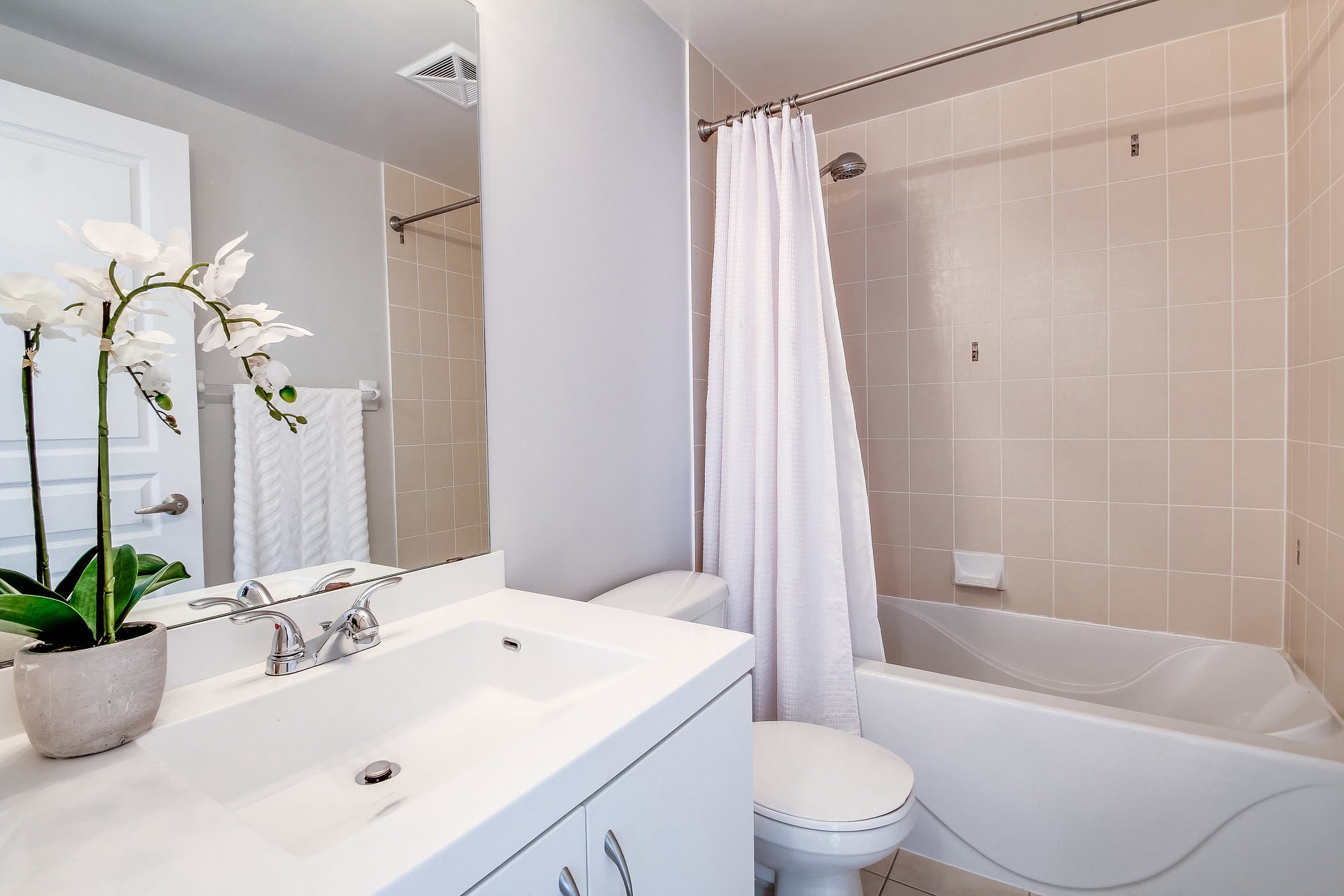
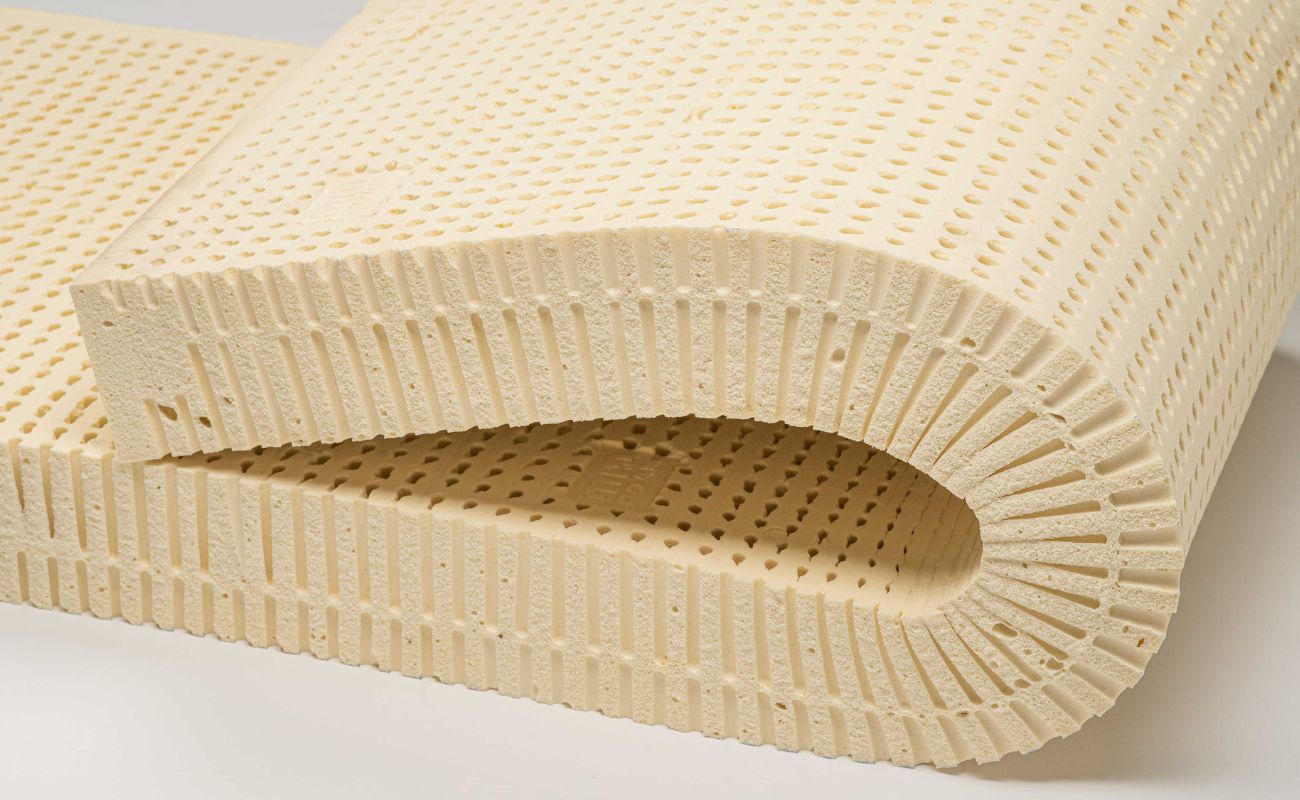
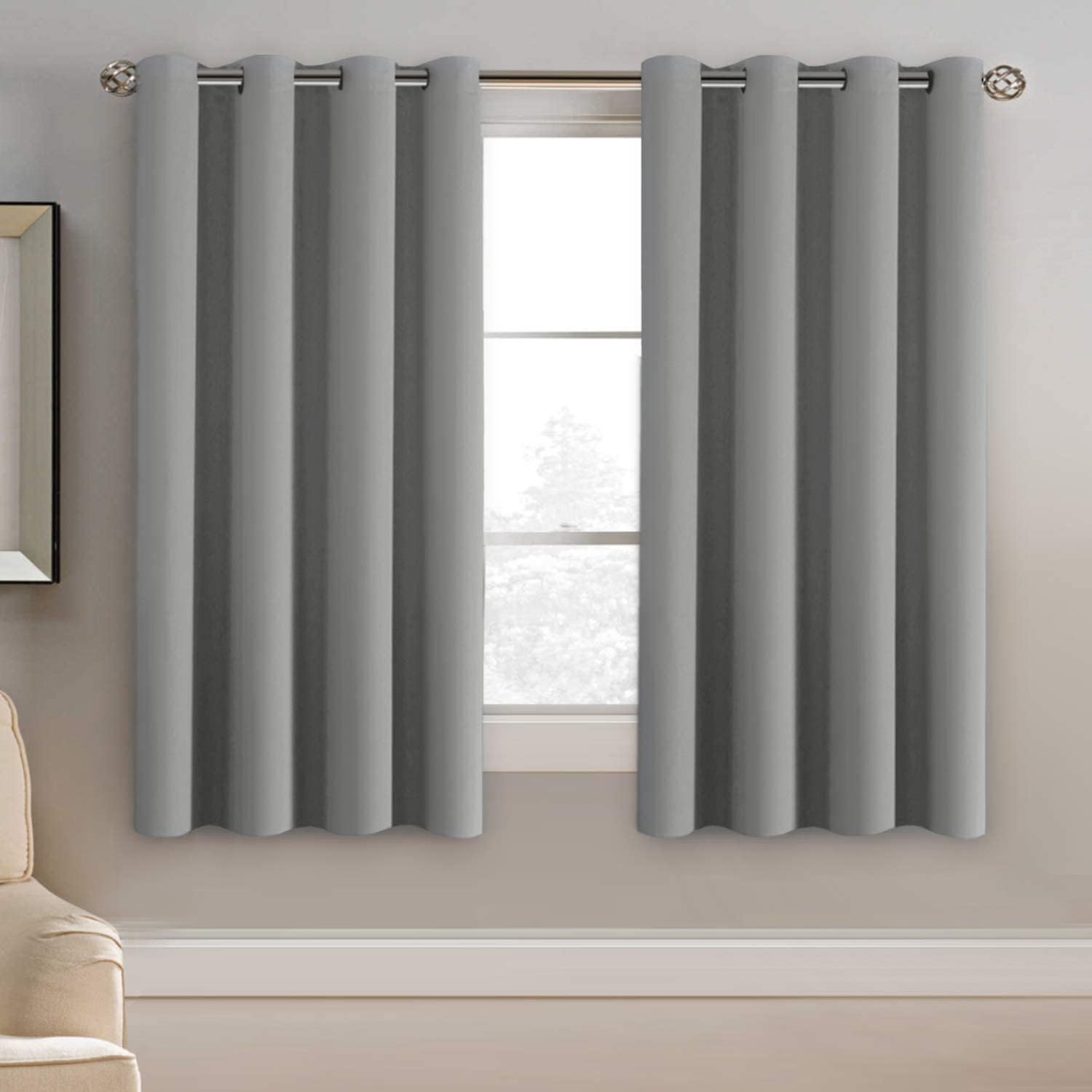
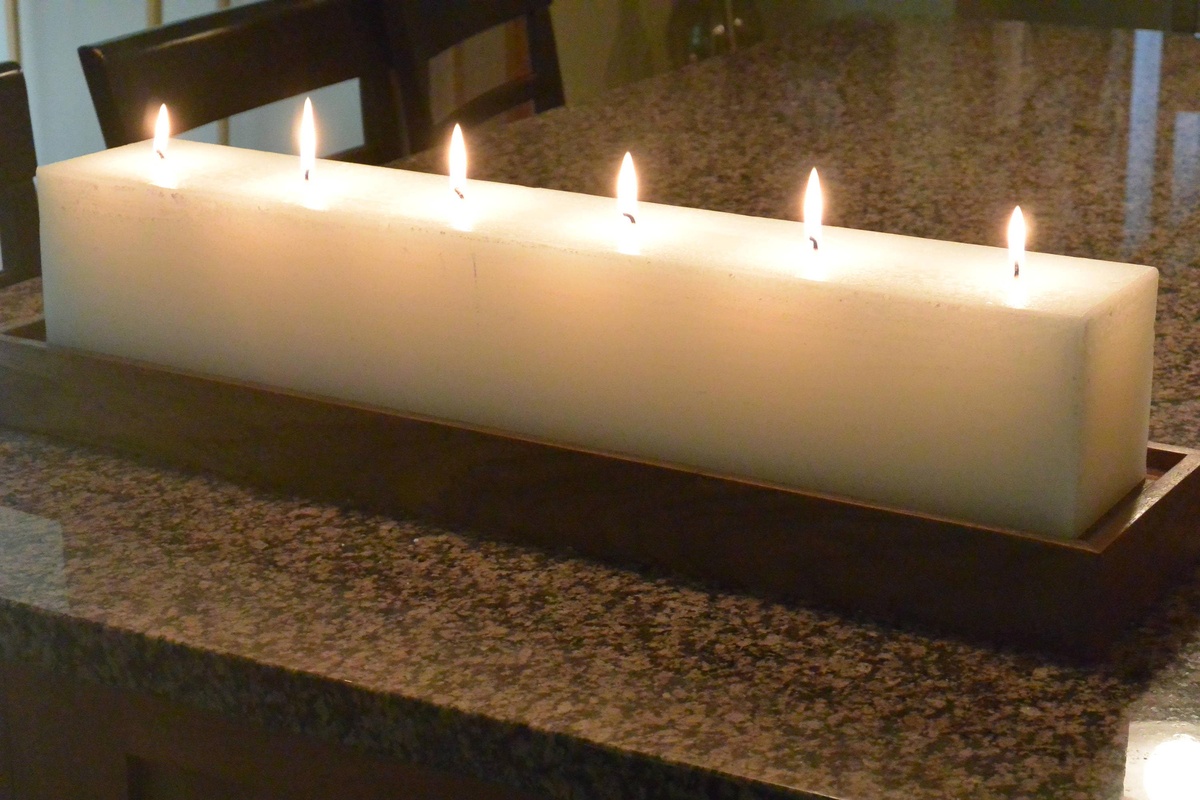
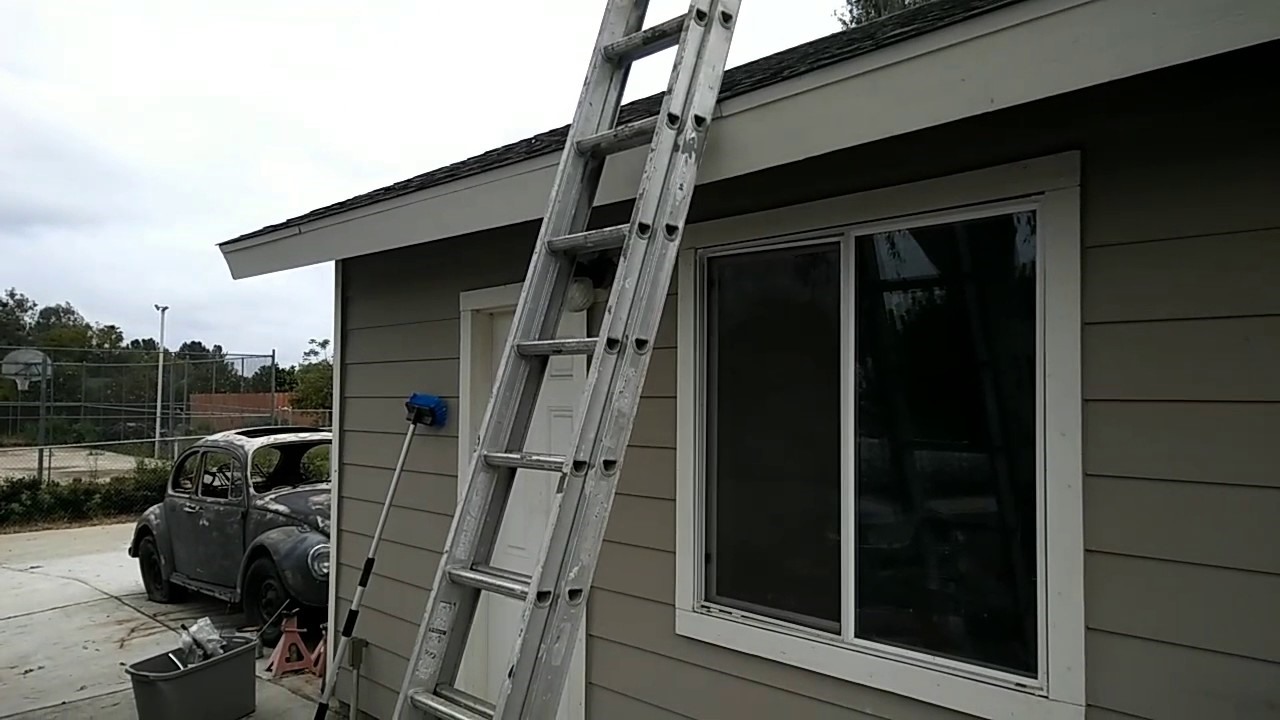
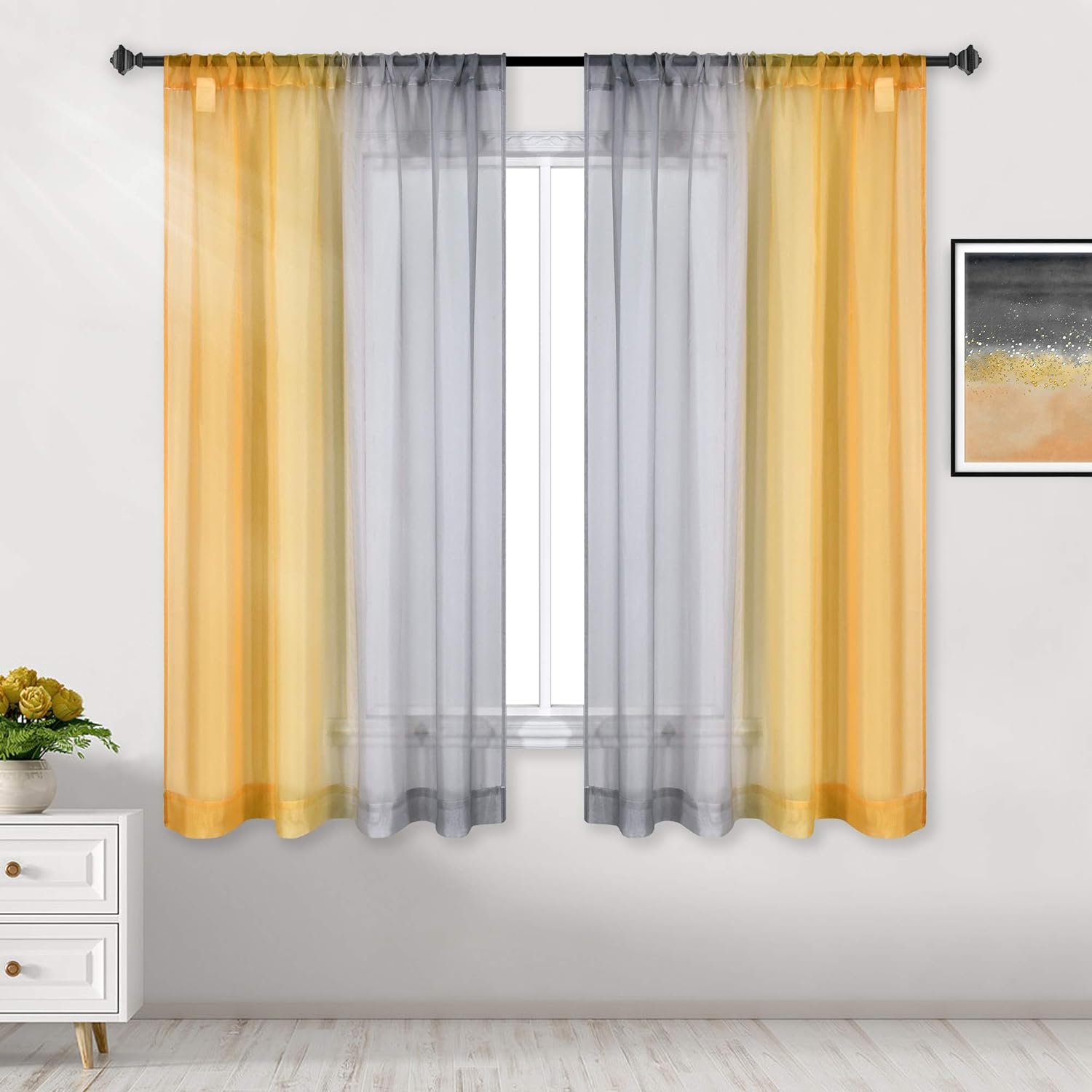




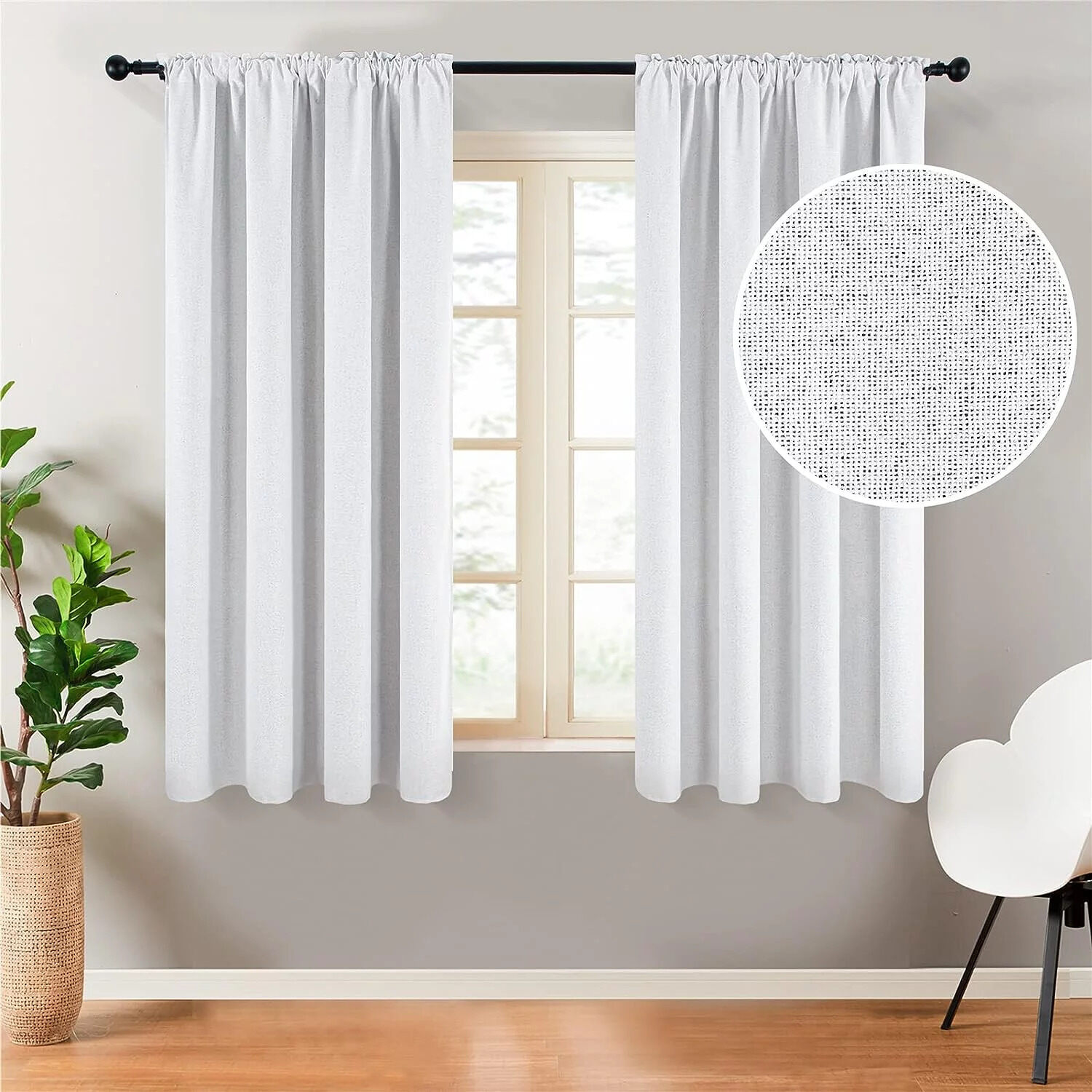
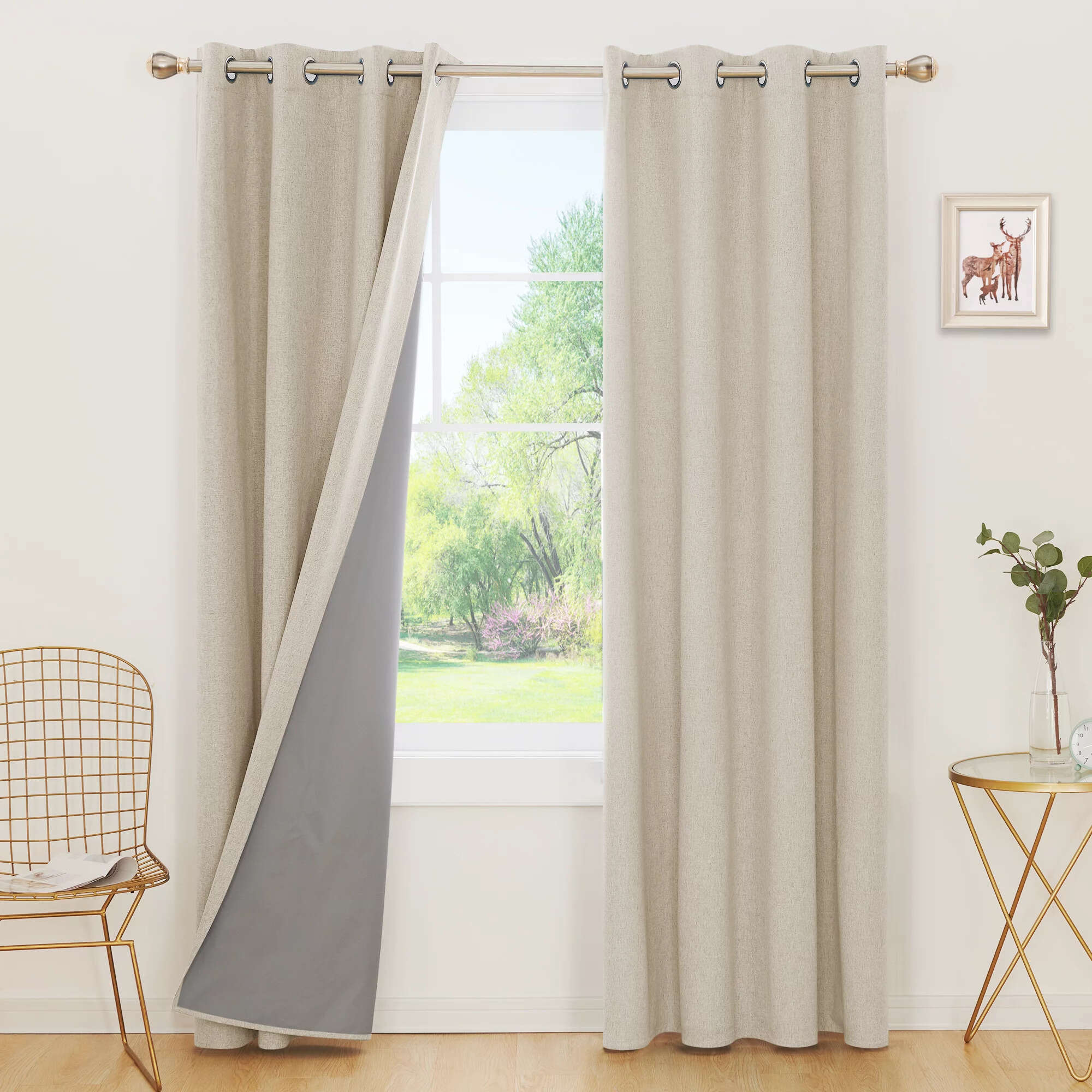
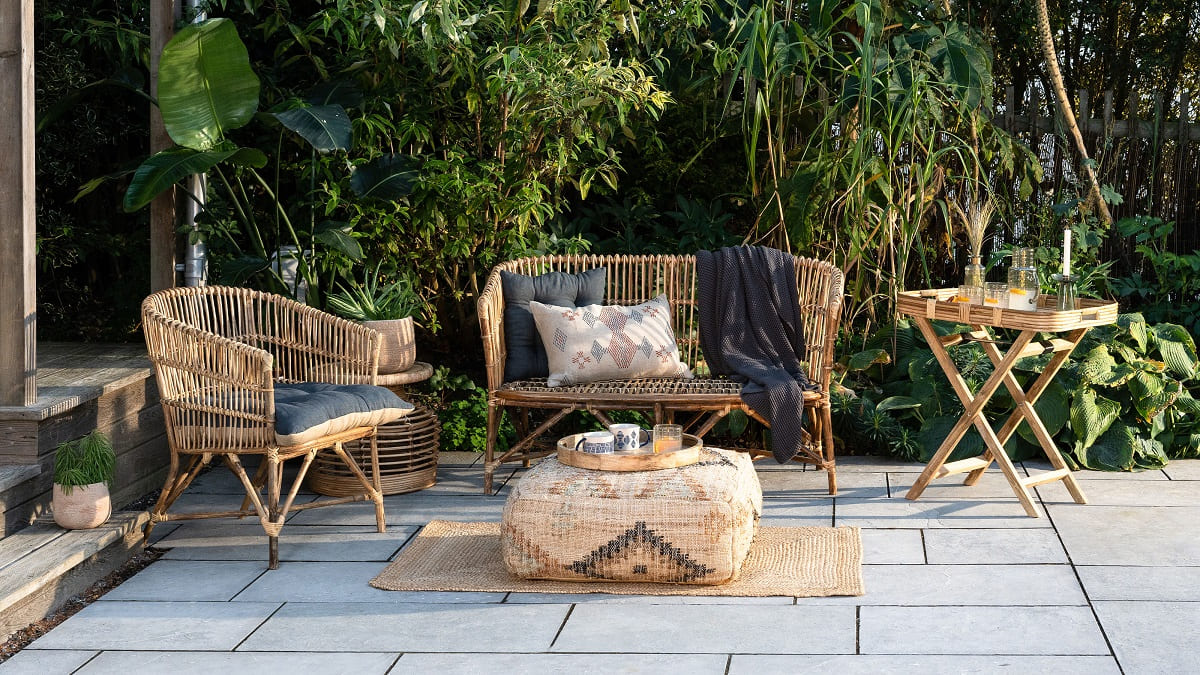

0 thoughts on “What Is The Longest Length Of Curtains”